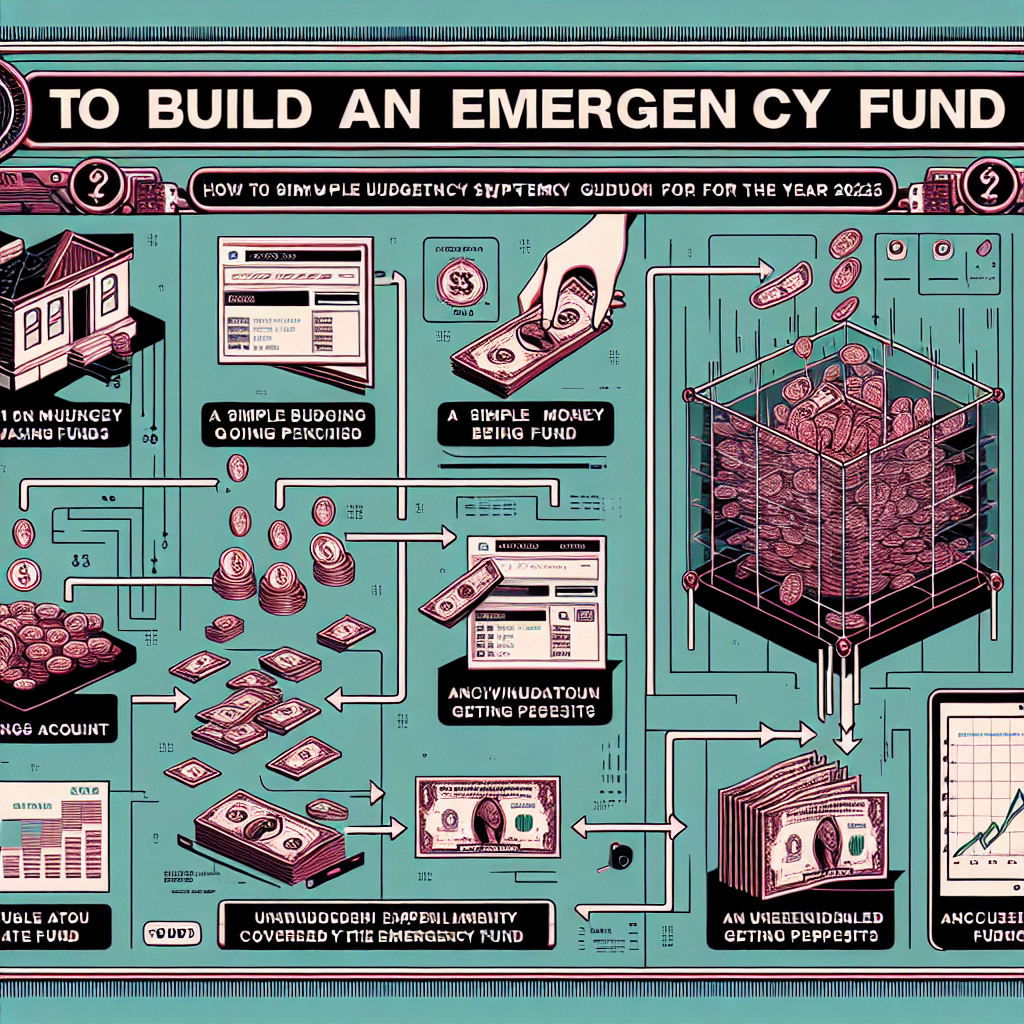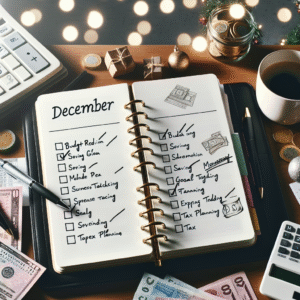How to Build an Emergency Fund: Step-by-Step Guide for 2025

How to Build an Emergency Fund: Step-by-Step Guide for 2025
Unexpected expenses can strike at any time — a medical bill, car repair, or sudden job loss. An emergency fund acts as your financial safety net, providing peace of mind and security. Here’s a step-by-step guide to building your emergency fund in 2025, tailored for today’s challenges and opportunities.
Why an Emergency Fund Matters
It’s impossible to predict life’s curveballs, but you can prepare for them. Without an emergency fund, even minor setbacks may push you into debt. A well-built fund covers unexpected costs, reduces financial stress, and offers flexibility during difficult moments. In 2025, with the cost of living rising and economic uncertainty in many regions, prioritizing this financial buffer is more important than ever.
How Much Should You Save?
The standard advice is to save three to six months’ worth of living expenses. For instance, if your essential monthly spending is $2,000, aim for $6,000 to $12,000. If you have dependents, work freelance, or face irregular income, err on the side of saving more.
- Three months: Suitable for dual-income households or those with steady jobs.
- Six months or more: Recommended for self-employed individuals, single income families, or those in volatile job markets.
Step-by-Step: Building Your Emergency Fund in 2025
-
Assess Your Current Situation
Calculate your basic monthly expenses: rent/mortgage, utilities, food, transportation, insurance, and minimum debt payments. Determine the total you’ll need for your fund. -
Set a Realistic Goal
Start with a mini-goal ($500 or $1,000) if a full fund feels overwhelming. Reaching smaller milestones keeps you motivated and ready for minor emergencies. -
Open a Separate, Accessible Account
Keep your emergency fund separate from your checking account to avoid temptation. Use a high-yield savings account or a money market account for easy access and better interest. In 2025, many digital banks offer no-fee, high-interest savings options with instant transfers. -
Automate Your Savings
Set up automatic transfers from your checking to your emergency fund after each payday. Even $25 or $50 per week adds up over time. -
Cut Expenses or Boost Income
Evaluate your budget for areas to trim. Cancel unused subscriptions, shop for better insurance rates, or cook at home more often. Consider side gigs, freelance work, or selling unused items to accelerate your savings. -
Use Windfalls Wisely
Tax refunds, work bonuses, or cash gifts can give your fund a big boost. Allocate a portion—if not all—of these windfalls to your emergency stash. -
Review and Adjust Regularly
Circumstances change. Revisit your budget and fund goals every few months or after major life events (changing jobs, moving, having a child) to ensure your emergency savings stay on track. -
Resist the Urge to Dip In
Use your emergency fund only for genuine, unplanned expenses. If you do need to tap into it, pause nonessential spending elsewhere until you’ve replenished your savings.
Pro Tips for 2025
- Leverage Technology: Use budgeting apps like YNAB, Mint, or your bank’s built-in budgeting tools to track your progress and set alerts.
- Take Advantage of Higher Interest Rates: In 2025, some online banks and credit unions offer APYs above inflation. Shop around to maximize your returns.
- Automate for Consistency: Schedule your transfers around your payday to make saving painless and automatic.
- Avoid Investment Risk: Don’t invest your emergency savings in stocks or volatile assets. Liquidity and safety come first.
Common Emergency Fund Mistakes to Avoid
- Underestimating Expenses: Ensure your emergency fund covers all essentials, including health-related costs and insurance deductibles.
- Overfunding (While in Debt): If you carry high-interest debt, build a small emergency fund first, then focus on debt repayment. Once your high-interest debt is gone, return to saving aggressively.
- Losing Track of Your Goal: Monitor your progress. Regularly review your balances and adjust your savings amount as your expenses change.
What Counts as an Emergency?
Use your fund for truly unforeseen and necessary expenses, such as:
- Medical or dental emergencies
- Urgent home repairs (like a broken furnace in winter)
- Car repairs required for work transportation
- Unplanned job loss or reduced hours
- Essential travel for family emergencies
Avoid spending your emergency fund on planned purchases, vacations, or non-essential upgrades. Set up a separate savings account for those goals.
Ready to Get Started?
It’s never too late—or too early—to start building your emergency fund. By following these steps, you’ll be well on your way to financial stability in 2025 and beyond. Remember, every dollar saved puts you in a stronger position when life throws a curveball. Start today—your future self will thank you.
* The post is written by AI and may contain inaccuracies.


